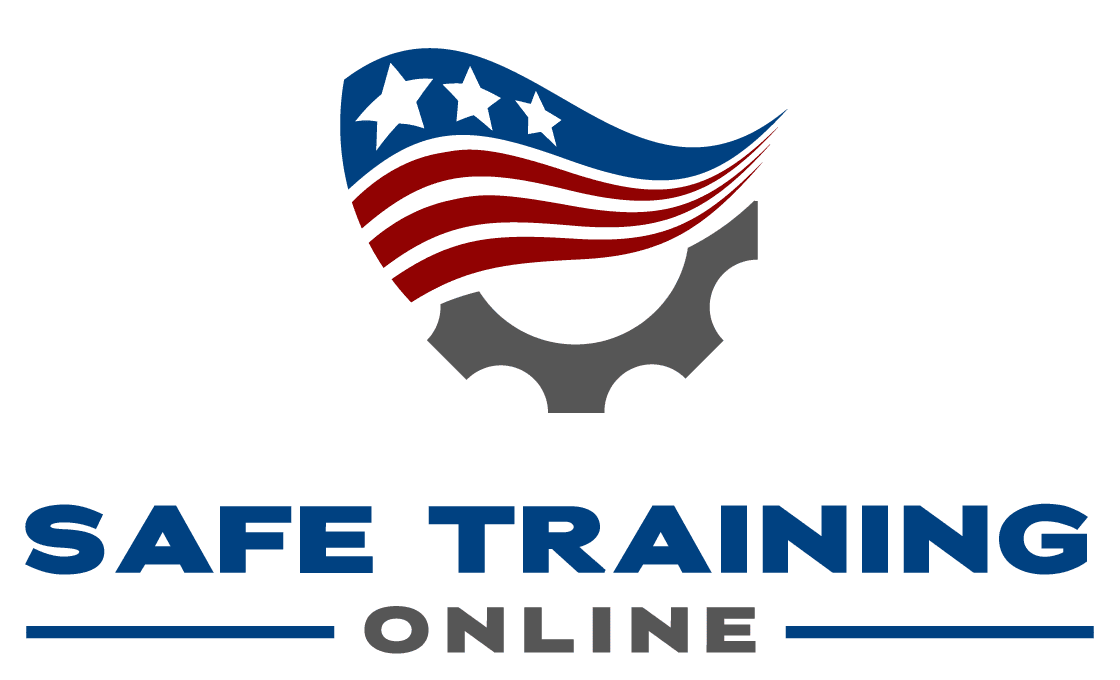Train the Trainer Bucket Truck
To be qualifed as a Train the trainer bucket truck and in compliance with OSHA (Occupational Safety and Health Administration) requirements its essential to ensure the safe operation of these vehicles. Bucket trucks are commonly used in industries like construction, telecommunications, and utilities, and OSHA has specific regulations and standards that must be followed. Here’s a general outline of how to train trainers for operating bucket trucks in accordance with OSHA requirements:
Identify Trainers:
- Select individuals with the necessary qualifications and experience to become trainers for operating bucket trucks. They should have extensive knowledge of bucket truck operation, safety procedures, and OSHA regulations.
Trainer Qualifications:
- Trainers should hold relevant certifications, such as OSHA-authorized trainer status or industry-specific certifications related to bucket trucks.
Familiarize Trainers with OSHA Regulations:
- Trainers should have a deep understanding of OSHA regulations related to bucket truck operation, such as 29 CFR 1910.67 (Vehicle-mounted elevating and rotating work platforms) and 29 CFR 1926.453 (Aerial lifts).
- Trainers should stay updated with any changes or updates to OSHA regulations.
Develop a Training Program:
- Create a comprehensive training program that covers all aspects of bucket truck operation and safety. The program should include both theoretical and practical components.
- Outline the specific learning objectives, training materials, and resources required.

Training Topics:
- The training program should cover the following topics, among others:
- OSHA regulations and standards related to bucket trucks.
- Vehicle inspection procedures before and after use.
- Safe operating practices, including proper use of personal protective equipment (PPE).
- Emergency procedures and rescue techniques.
- Load capacity and stability considerations.
- Electrical hazards awareness when working near power lines.
- Preventive maintenance and equipment care.
Practical Training:
- Include hands-on training sessions where trainers can demonstrate the correct use of bucket trucks and supervise trainees in actual operating conditions.
- Emphasize safe practices, including proper positioning, use of controls, and the use of safety equipment like fall protection.
Assessment and Certification:
- Assess trainees’ knowledge and skills through written tests and practical evaluations.
- Certify trainees who successfully complete the training program, ensuring that they meet OSHA’s requirements for operating bucket trucks.
Record Keeping:
- Maintain detailed records of all training sessions, including attendance, assessments, and certifications.
- Ensure that these records are readily available for OSHA inspections or audits.
Ongoing Training:
- Continuously update and refresh the training program to reflect any changes in OSHA regulations, industry best practices, or equipment updates.
- Conduct regular refresher training for operators to reinforce safe practices and knowledge.
Compliance:
- Ensure that the training program and trainers comply with all OSHA requirements and industry standards.
Remember that bucket truck operation can vary depending on the specific industry and job tasks. It’s essential to tailor the training program to the unique needs and risks associated with your organization’s bucket truck operations while always prioritizing safety and OSHA compliance.
Click here to enroll in an online train the trainer bucket truck course
